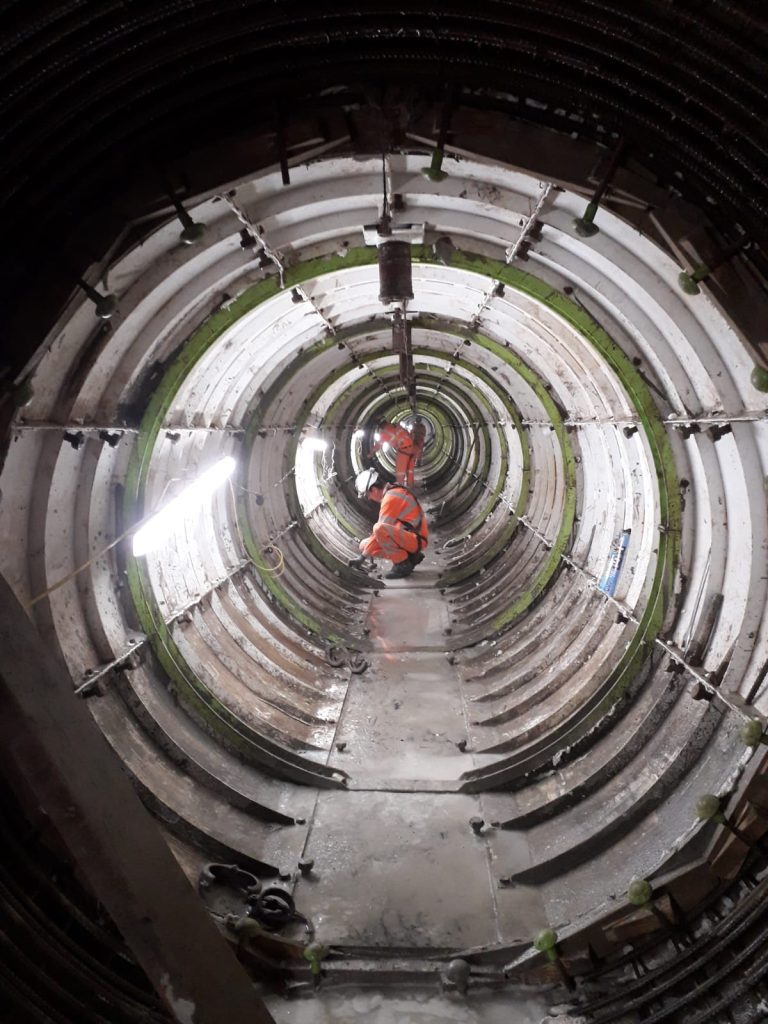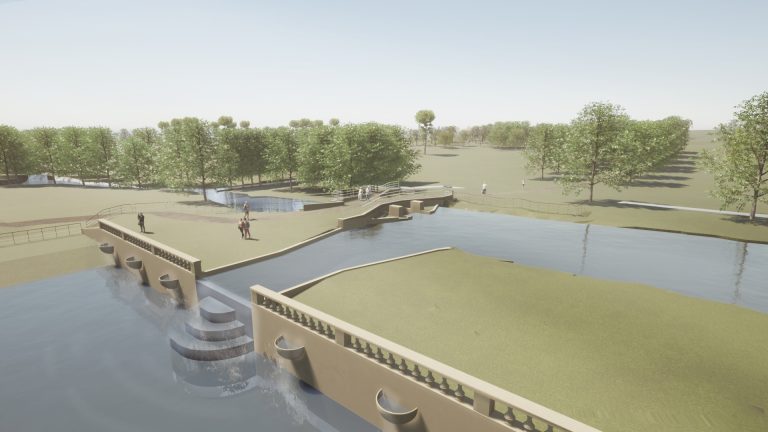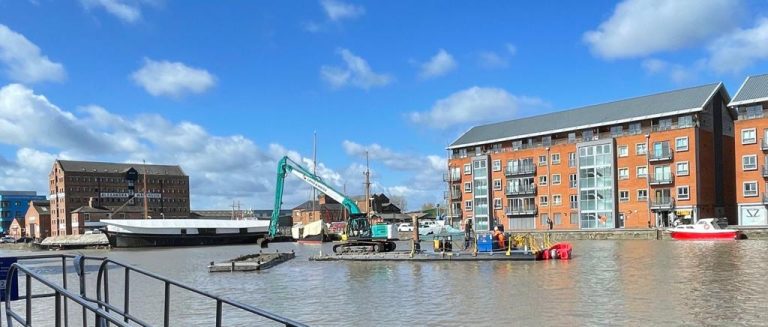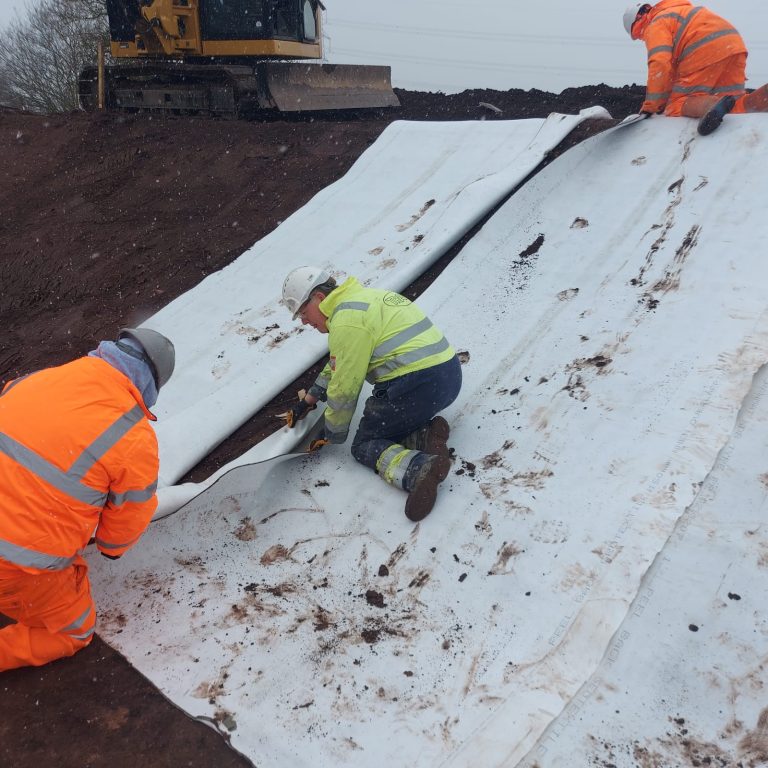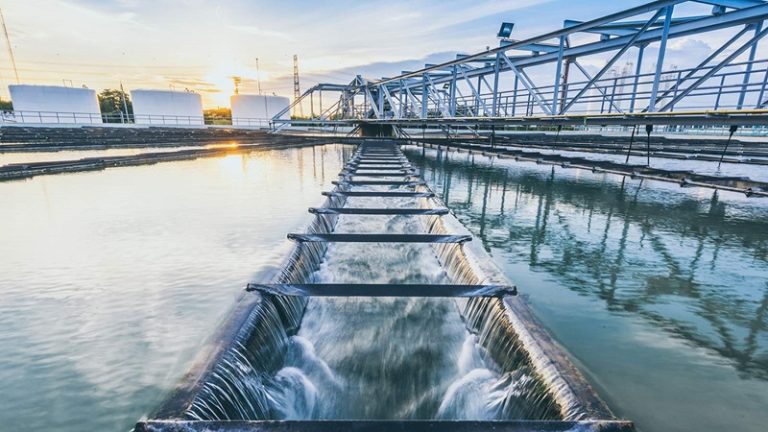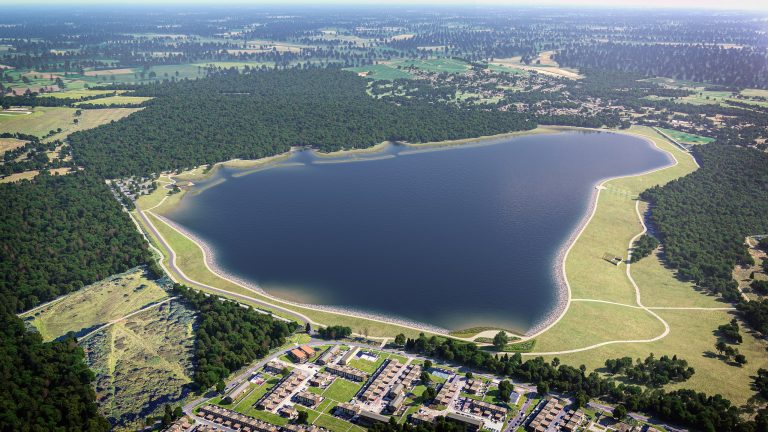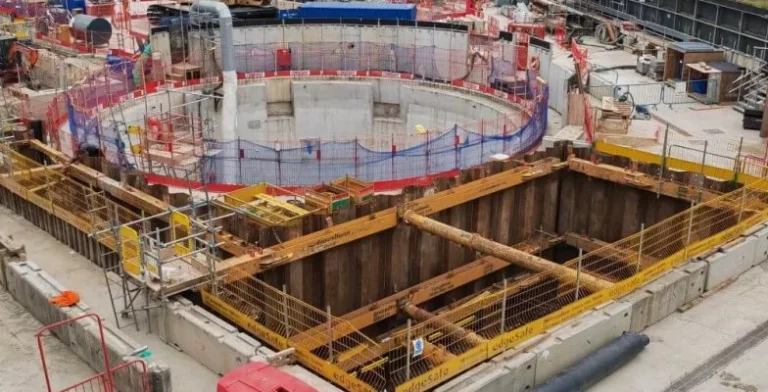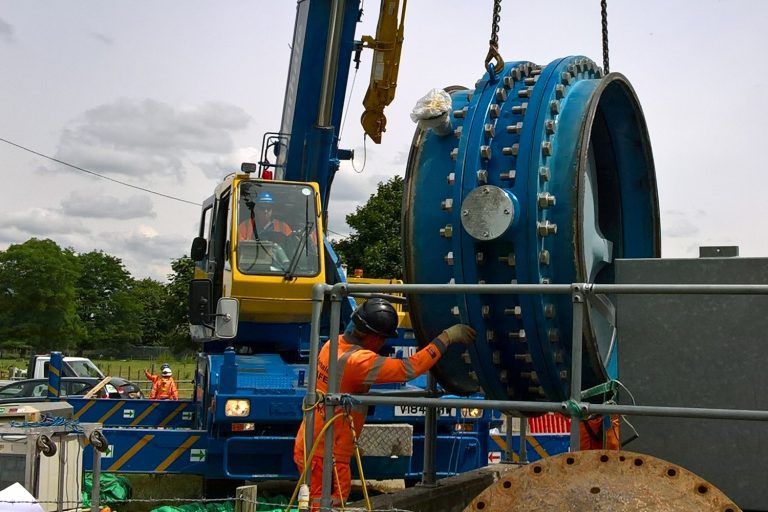In a major step forward, Portsmouth Water has appointed Future Water MJJV Limited to build the flagship Havant Thicket Reservoir in southern Hampshire – a contract worth £167 million. It will be the first large-scale new water storage reservoir in the UK since the 1980s and is being progressed under an innovative partnership between Portsmouth Water and Southern Water. In addition, a new £41 million tunnelled pipeline, running to and from the reservoir, is set to be installed by Ward & Burke Construction Limited. Future Water is a joint venture between leading civil engineering contractors Mackley and Jones Bros, which have a combined total of over 150 years of experience in tackling complex and challenging civil engineering schemes. Having worked across a wide range of sectors including water, energy, coastal protection and flood defence, Future Water MJJV is uniquely qualified to construct the reservoir, a vital new piece of infrastructure. Ward & Burke is one of Ireland’s principal Civil & MEICA Engineering contractors and has an outstanding track record for innovation. The company has built more than 130,000 metres of tunnels, including for water pipelines, in the UK, Ireland and North America, and has been involved in a wide range of major infrastructure projects. Bob Taylor, Chief Executive Officer at Portsmouth Water, said: “This is a major milestone for the Havant Thicket Reservoir project, and we are delighted to have these two exceptional contractors delivering the scheme. “We were highly impressed by the proposals put forward by Future Water MJJV and Ward & Burke during the tender process, with both companies being able to call upon vastly experienced teams, with strong track records in successfully delivering major infrastructure.” Mr Taylor added: “We look forward to working closely with both companies to progress and complete this environmentally led project on time and within budget. This includes honouring our commitment to leave a really positive legacy by creating opportunities for local employment and skills development through the reservoir scheme.” Future Water Director Ben Hamer commented: “Future Water is delighted to have been selected by Portsmouth Water to deliver this critical piece of water infrastructure for the South East of England. As a regional company, legacy projects, such as this, are central to the values of our staff and stakeholders.” Mr Hamer’s fellow director John Dielhof added: “It’s a project that we can’t wait to get started on because we know how much of a positive impact it will have on the region. The scheme will safeguard dozens of jobs for our skilled workforce, as well as create opportunities for apprentices and trainees to kickstart their civil engineering career with us. In addition, we are excited to see the impact this has on the local economy, through supply chain opportunities and spend in the local area.” Speaking about being awarded the pipeline contract for the reservoir scheme, Joe Dobey, Ward & Burke’s Project Director, said: “We are all very excited at Ward & Burke to be delivering this key pipeline for Portsmouth Water, its customers and the surrounding area. It’s a great opportunity to work with the company to bring forward innovative solutions that are better for both the local community and environment.” Havant Thicket Reservoir in Havant will secure critical water supplies for the South East of England, an area that’s already under serious water stress. It will also help protect environmentally sensitive chalk streams and create a new green leisure facility to benefit local communities and wildlife. Once completed in 2029, the reservoir will hold approximately 8.7 billion litres of water and be able to supply up to 21 million litres of water each day. It will be one mile from east to west, half a mile from north to south, with a new wetland on its northern shore, and is being built on a 160-hectare grassland site which has been owned by Portsmouth Water since the mid-1960s. A new two-mile long pipeline, which is designed to be largely tunnelled, will also be built to fill Havant Thicket Reservoir in the winter with surplus water pumped from nearby Bedhampton Springs. It would also be used to draw water from the reservoir to supply customers when it’s needed. The reservoir was granted formal planning permission in October 2021, with a further planning application for the new pipeline expected to be submitted in Summer 2023. Ofwat, the economic regulator for water companies in England and Wales, recently published its final decision to agree a revised budget for the Havant Thicket Reservoir scheme. This has enabled Portsmouth Water to award the two main design and construction contracts for the project, with further contracts, including for a new visitor centre at the reservoir, to be awarded in the coming years. Bob Taylor commented: “‘The final decision from Ofwat on the project’s updated budget will ensure the reservoir scheme can be funded and deliver good value for money for customers, while safeguarding water supplies and supporting nature. “The innovative regulatory and commercial approach that’s being taken has enabled us to deliver cost-effective local solutions to regional water resources challenges. We would like to thank our colleagues at Ofwat and Southern Water for their excellent collaborative work.” Portsmouth Water will finance the Havant Thicket Reservoir scheme through a combination of £150 million of equity funding, provided by investors in the company’s owner Ancala Partners, as well as money that will be borrowed. £120 million of the equity funding will be used this year, with a further £30 million to follow in early 2024. Ultimately, Havant Thicket Reservoir will be paid for by Southern Water, through its drinking water customer bills. These costs are expected to be spread over many years – to reflect the continued benefits of the reservoir. Portsmouth Water customers are not paying for the reservoir through their drinking water or wastewater bills. For more information on the Havant Thicket Reservoir scheme, please visit havant-thicket-reservoir.uk.engagementhq.com/. Building, Design & Construction Magazine | The Choice of Industry Professionals




